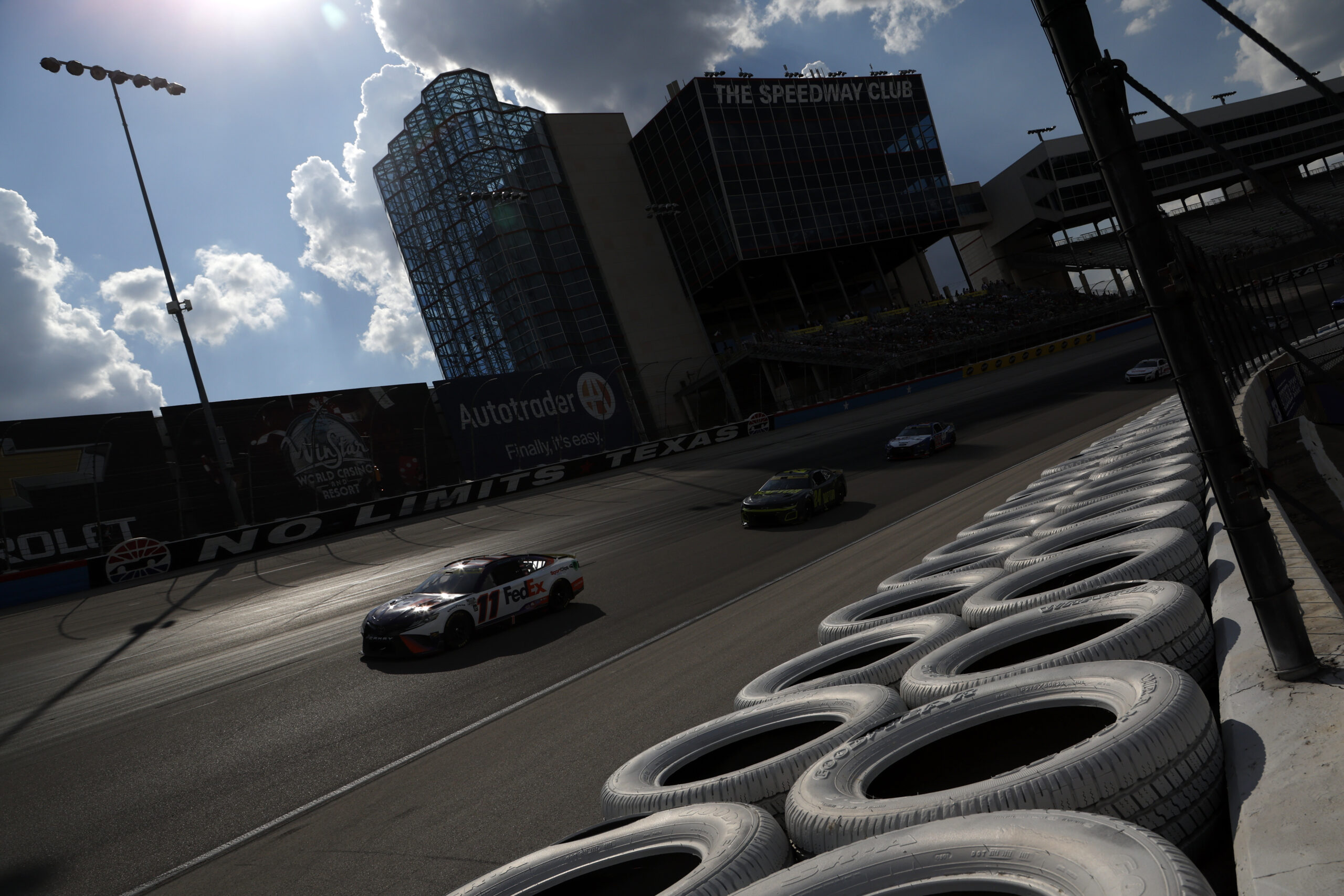
As you look at the NASCAR Playoff Schedule, a trend begins to emerge. There are five race tracks that could be considered intermediate tracks on the Playoff schedule including Darlington, Kansas, Texas, Las Vegas, and Homestead-Miami. That is half of the Playoff races that are on intermediate race tracks, so, is that too many? Let’s take a look at Both sides.
The current NASCAR schedule is one of the most diverse in motorsports. In 36 races, the NASCAR schedule features 6 superspeedway-style races, 13 intermediate-track races, 6 road course races (including 1 street circuit), 9 short track races, a dirt track race, and a race at a triangular 2.5-mile Pocono Raceway.
The Playoff schedule currently has half of the races being on intermediate tracks, which does not represent the current proportion of the schedule as a whole. As a result, the schedule may feel a pit plain towards the end of the season for some with the same type of racing happening week after week.
There is only one superspeedway, one road course race, and only two short-track races in the postseason. Sure, intermediate tracks still have the largest presence on the schedule of any race track, but it’s not half the schedule like it is in the Playoffs. With that in mind, it can be tough to go from such a diverse schedule in the regular season to a much less diverse schedule in the Playoffs.
Yes, there are a lot of intermediate tracks in the Playoffs, but the big money races are actually not on intermediate race tracks. Of the five non-intermediate track races in the Playoffs, three of them are elimination races with the final race of the season on the short track of Phoenix Raceway. Therefore, the Playoff races that people will remember the most are not even on intermediate race tracks, so, those races on intermediates do not feel as bloated as it may seem.
The racing product on intermediate tracks has also been great. Why is it a bad thing that NASCAR’s best on-track product is the product seen throughout most of the postseason?
If you were to add different race tracks to the Playoffs, then you would have to add different race tracks. If you add more short tracks or road courses, you have to deal with a questionable racing product. If you add more superspeedways, you run into the issue of potentially random race winners.
Can you go to a place like Pocono in the fall given the weather? The same issue comes up for places like Watkins Glen and even Michigan. There are a lot of factors to consider when it comes to how many intermediate race tracks are currently in the Playoffs, and, is having that many in the Playoffs a bad thing?
While there is an argument to be made about too many intermediates in the Playoffs, it is interesting to see how the general perception of the intermediate track product has changed since the Next-Gen car came into the sport. Are there too many intermediate tracks in the Playoffs, or, is it just right?
